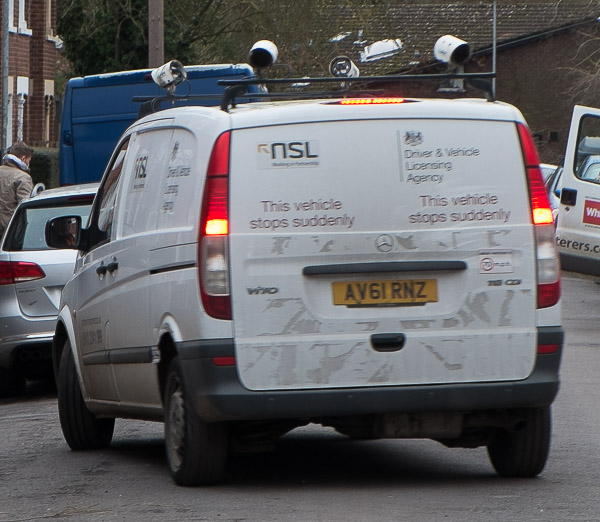
From Tim Urban’s wonderful site, Wait But Why, comes a discussion of Why Cryonics Makes Sense, in which he explains — in his usual light-hearted, cartoon-illustrated, occasionally-profane fashion — how he moved from thinking:
Cryonics is the morbid process of freezing rich, dead people who can’t accept the concept of death, in the hopes that people from the future will be able to bring them back to life, and the community of hard-core cryonics people might also be a Scientology-like cult.
to actually signing up for an appointment with one of the big cryonics companies.
If you are of a religious persuasion and believe that your deity of choice is likely to provide a better chance of long-term survival than Alcor, Inc., then you’ll probably have dismissed cryonics out of hand, but the article may at least persuade you that cryonicists (your new word for today) are not complete nutters. They completely understand all the possible hiccups that might not allow you to be revived in the future, but think that the experiment — which is less costly than you might think — is worth undertaking. They view cryonics in much the same way that people in the past might have viewed organ transplants. An interesting read.
Wait But Why adopts an unusual format for these longer pieces, going into some depth on a subject to explain it for normal readers, yet doing so in an amusing way.
There are shorter, amusing posts on the site too — see How I handle long email delays, for example — but for the longer ones, if, like me, you seldom sit there twiddling your thumbs and thinking, “Where can I go to read 14,000 words on some random topic this morning?”, then I recommend signing up to get them in your inbox.






Recent Comments